What Makes a Book Good?
Wednesday, November 17, 2010
Do You and Your Child Agree?
I’ve been reveling in T’s newfound interest in listening to books and it got me wondering – Do the qualities that make a book interesting and engaging to a one-year-old also have value for a toddler or preschooler? Or does a really good book have a whole slew of different qualities that appeal to various age ranges? I think the latter is most often true. The books we have come to love as “classics” are appealing on many levels, which is what makes them cross not only age ranges, but generations. As T begins to pay more attention to the selection of board books in our house, B has found a renewed interest in some of them. Perhaps what draws them to these books is as unique as each of them, but the fact remains that some books continue to be attractive at any age.
The Current Favorite
The Developmental Value of Fairy Tales
While some fairy tales include an underlying moral, many are questionable (Goldilocks) and most nursery rhymes are just nonsense (Song of Sixpence). However, education and cultural norms are dependent on the assumption that children have some familiarity with the most classic fairy tales and nursery rhymes. Children will find references in literature and media right on through the college years. A lack of familiarity might mean missing an allusion or misunderstanding a metaphor. I’m not trying to say preschoolers need remedial classes in nursery rhymes, but with scripted curriculums, TV and computer use, and a host of commercial characters competing for attention, it isn’t surprising that some children begin school never having heard of The Pied Piper or Old King Cole. So when we read This Little Piggy, we also talk about the fairy tales and nursery rhymes the text hints at, and we substantiate our guesses with examination of the illustrations. So what B benefits from and enjoys is different from that which T benefits from and enjoys. But the fact that it is valuable and enjoyable to both of them makes me call it a good book!Appropriate for babies, toddlers, preschoolers.
Ageless Quality
What all kids need (and this is me getting on my soap-box) is an adult to read AND talk with them. If hearing stories read aloud was enough, audio books and digital book readers would suffice. But hearing isn’t enough. When an adult reads to a child, when they discuss and interact with each other and the story, they learn more than what’s on the page.
What makes a book a “classic” in your eyes? Would your child agree? Can you share any books that appeal to different age groups in different ways?


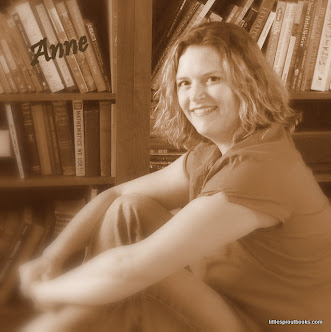









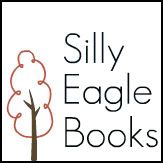
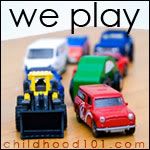


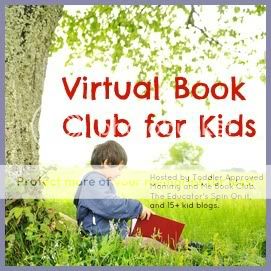

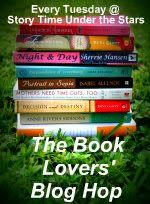
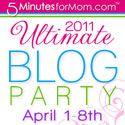



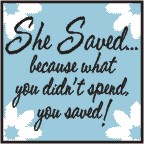


1 comments:
Interesting questions. I'd say that good poems and books with bright illustrations have the widest age appeal. In our house, however, Anna was very attached to DK lift-the-flap ABC, first words and first numbers books. She loved them from the time she was 1 until I put them away when she turned 4. I don't even know why she found them so fascinating, but maybe it had something to do with the fact that she could "read" them to herself since a very young age.
Post a Comment